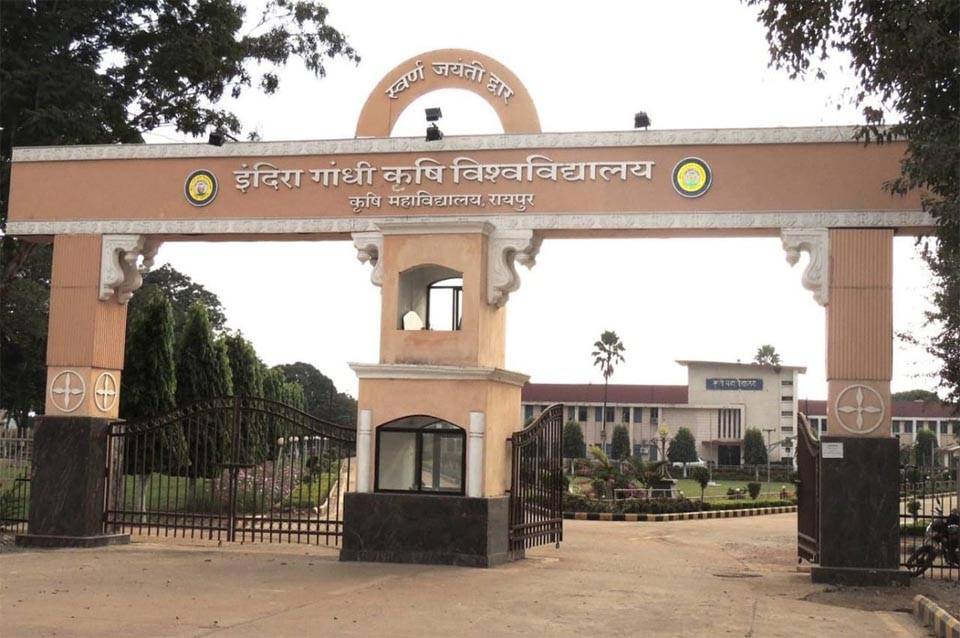
Biodegradable plastic or polythene will be made from the paddy starch i.e. rice at Indira Gandhi Agricultural University, Raipur. Its preliminary test has been successfully done during the research in the University’s Department of Biotechnology.
Recently, Agricultural University and Bhabha Atomic Research Center, Mumbai, ie BARC, both have signed a 3-year joint research contract to upgrade the product in use and make it marketable. After the use, when this biodegradable plastic is buried in the soil, it’ll automatically decompose into compost, which can be used as fertilizer in gardens or crops. Bags manufactured from this can carry fruits and vegetables, hot food other household items.
What is Biodegradable Plastic?
Biodegradable plastics are manufactured from natural materials or petrochemical resources, which don’t contain chemicals found in ordinary plastics. Though, such plastics are much more costly than the normal plastics. Agricultural University is also researching on keeping its price low.
Research will be done in BARC on Upgrading the Product:
As per the scientists, research will be done in Bhabha Atomic Research Center to manufacture compostable biodegradable polybags on the polymer film made after use in the Agricultural University.
Currently, the university doesn’t have any machine to manufacture compostable biodegradable carry bags, so its research as well as production will be carried out with the help of BARC.
BARC has excellent technologies that will try to further minimize the thickness of the polymer film prepared after the initial experiment at the Agricultural University to make it a biodegradable carry bag for public use. It is said that within 6 months to a year, the material of the bag could be ready to be launched in the market. Thereafter it’s a preparation for its commercial production after collaborating to the companies.
20 Percent Paddy will be Used:
About, 13 million tonnes of paddy is being produced in Chhattisgarh. The government acquires around 8.5 million tones out of 13 million tonnes of paddy, but about 20 percent of it is not able to be lifted by the mills. In such condition, this research on alternatives for using paddy can prove to be very effective.
Chhattisgarh Ranks First in Paddy Varieties:
There’re about 23,250 rice- varieties are available in the state and research on paddy is going on here since 1904 at Labhandi Farm, Raipur. Rice is a dominant crop in this state, therefore it is known as the 'Rice Bowl'. Chhattisgarh ranks first in the country in terms of varieties of paddy. In 1913, Paddy variety EB-17 was first introduced here. Since then, 85 improved rice varieties have been developed.
















